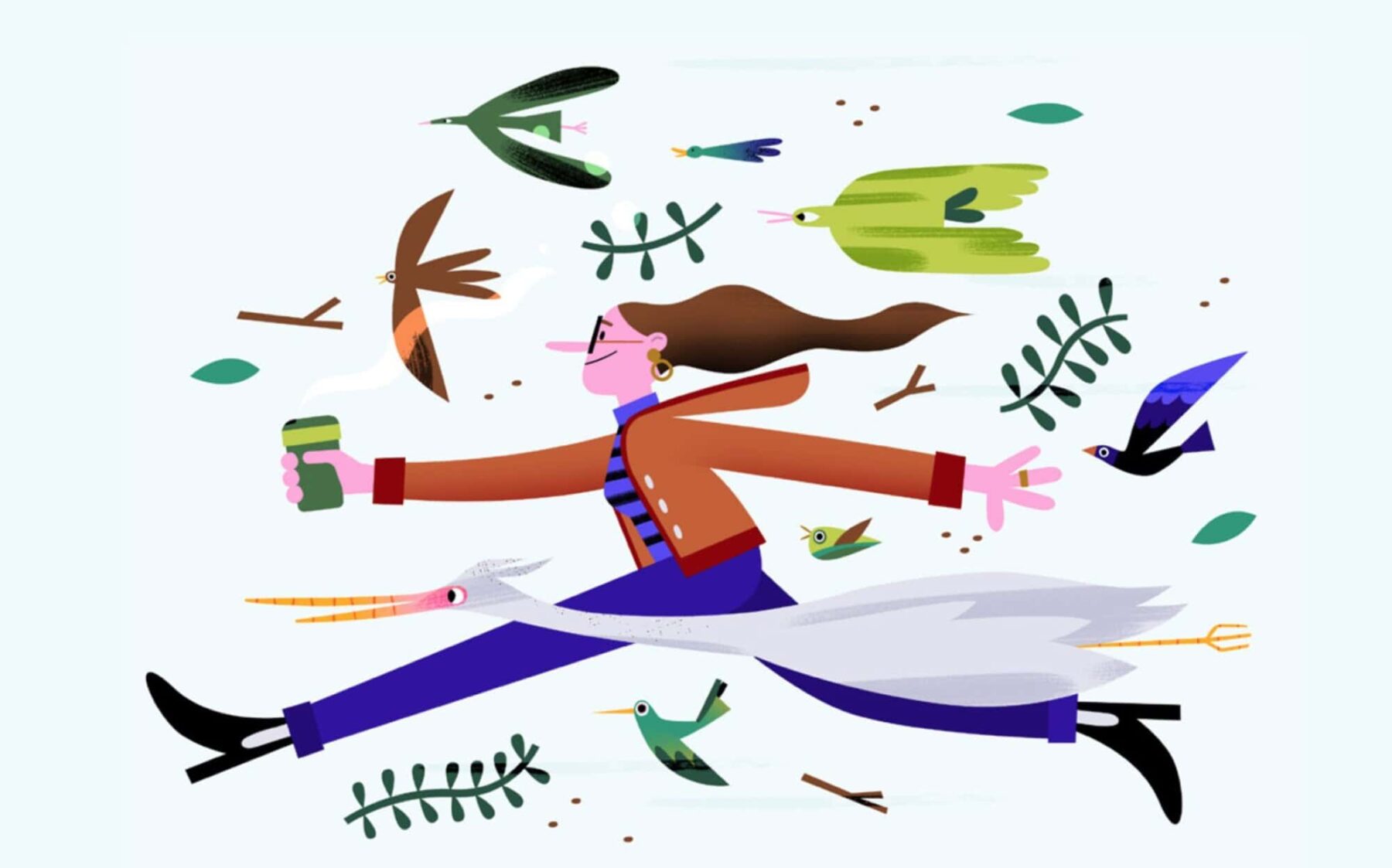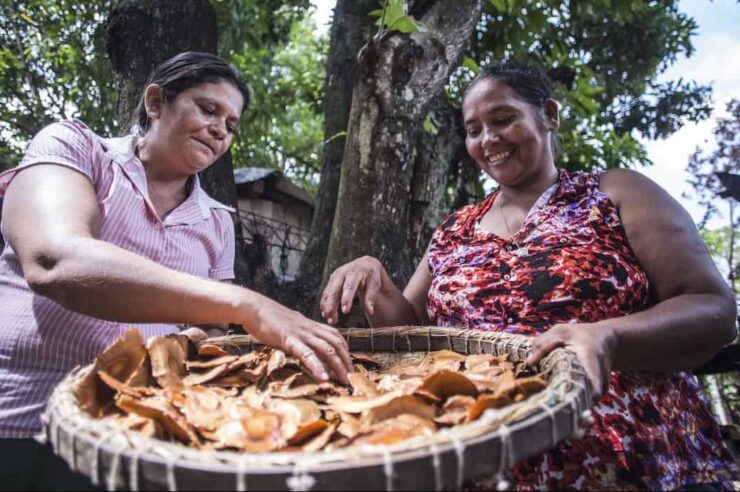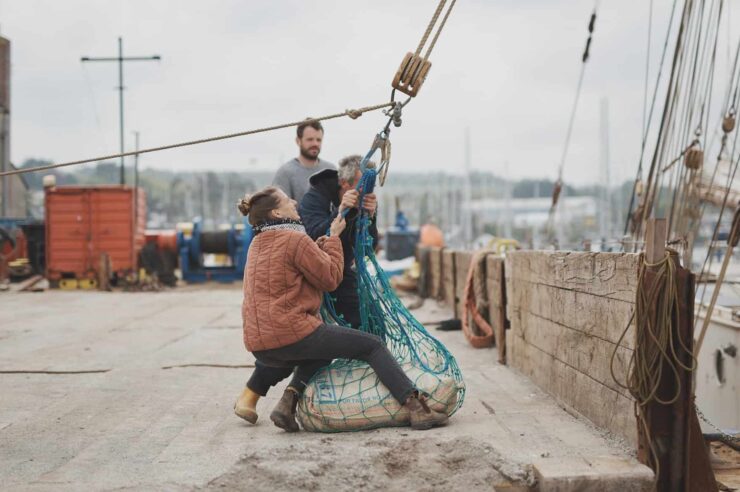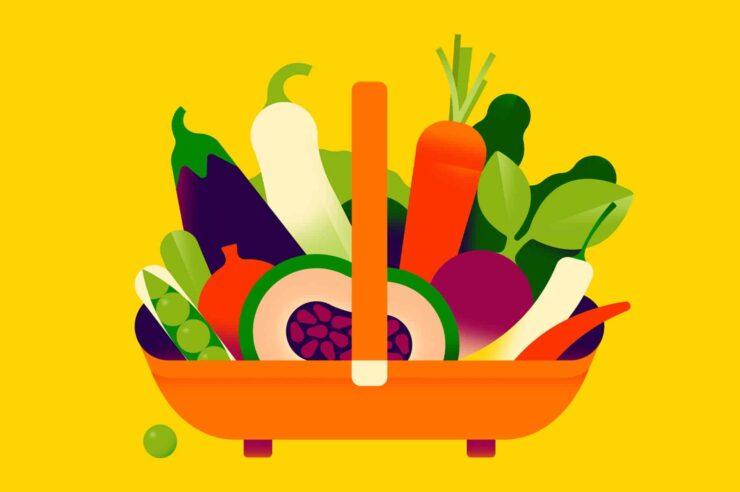Coffee production is expected to triple by 2050, but it can leave a hefty environmental footprint. Here are five ways to help ensure your daily caffeine hit doesn’t mean the planet takes a hit
The UK drinks a whopping 95m cups of coffee a day, but from the way the beans are grown to coffee’s packaging, the environmental and social impacts of one of our favourite drinks can leave a sour taste.
The industry’s contribution to deforestation in developing countries is concerning. Clearing large swathes of land for coffee farms impacts wildlife habitats. Meanwhile, industrial production methods, including the use of pesticides, can be polluting.
Those who work on coffee plantations often face low wages, long hours and no benefits. In some places, child labour is also sadly common.
But there are a host of simple actions we can take to counter these negative impacts. Read on for your checklist.
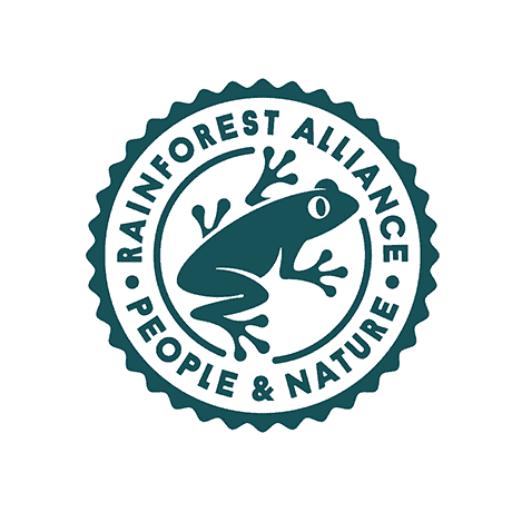
With so many different stamps and labels on the food we buy, it can be easy to overlook them. Coffee packaging, in particular, tends to feature quite a few. Guy Wilmot, founder of eco-friendly coffee brand Bird & Wild, recommends keeping it simple and sticking to one of the more established label schemes.
The Rainforest Alliance’s frog logo, for example, indicates that the coffee has been grown and produced in a way that doesn’t contribute to deforestation or damage natural habitats such as wetlands and peatlands.
Meanwhile, products bearing the Fairtrade mark meet internationally agreed social, environmental and economic standards. Fairtrade certified coffee directly supports a better life for farming families in the developing world through community development and environmental stewardship. Crucially, farmers who grow Fairtrade coffee receive a fair price. Buying organic is another easy win.
Image: Rainforest Alliance
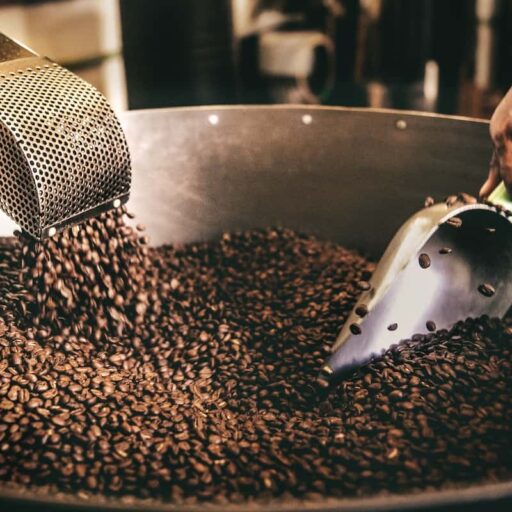
Local, independent roasters often have good connections with smallholders and independent farms, and a deeper understanding of the environmental and ethical implications of coffee production. Shopping with them is a vote for a resilient local economy too.
An added bonus is that it might even taste better, says Wilmot. Coffee loses its natural flavour over time and when exposed to air. Locally roasted will likely mean more recently roasted, so you can enjoy your coffee when it’s at its peak of freshness.
Image: Tim Mossholder
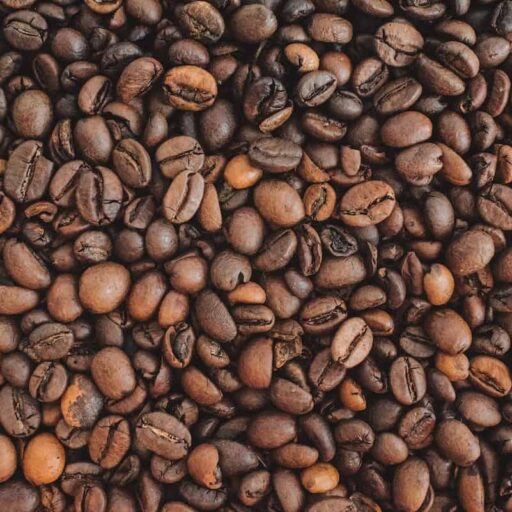
Ask questions of the companies you’re buying from, so they know people are interested in how their coffee is produced, and what they are doing to ensure it’s as sustainable as possible.
“Lots of companies want to do the right thing,” says Paul Rooke, executive director of the British Coffee Association, “but the more they are asked about these issues, the more they will feel they have a mandate from their customers to actually do something about it.”
Image: Anastasiia Chepinska
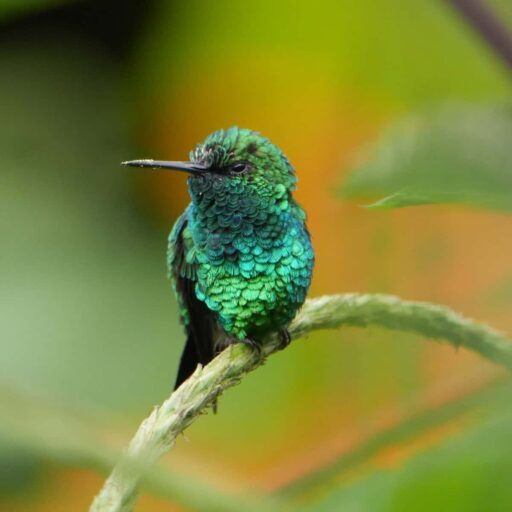
Wilmot launched Bird & Wild in 2018 as an option for coffee drinkers who care about the environment. He wanted to alert people to the plight of migrating birds and deforestation as a result of coffee production. The company donates 6 per cent of all sales to the RSPB.
Bird & Wild is certified through the US Smithsonian Institute’s Bird-Friendly Certification scheme, which Wilmot calls the “best possible certification for coffee because it’s not just Fairtrade and organic but shade-grown, which is better for birds”.
Shade-grown means that coffee is cultivated alongside other crops and trees, which is how it naturally grows. It’s better for migrating birds, which protect crops by munching on pests. Sun-grown typically refers to large-scale farms that have stripped back vegetation to pack in more coffee bushes.
Image: Caterina Sanders
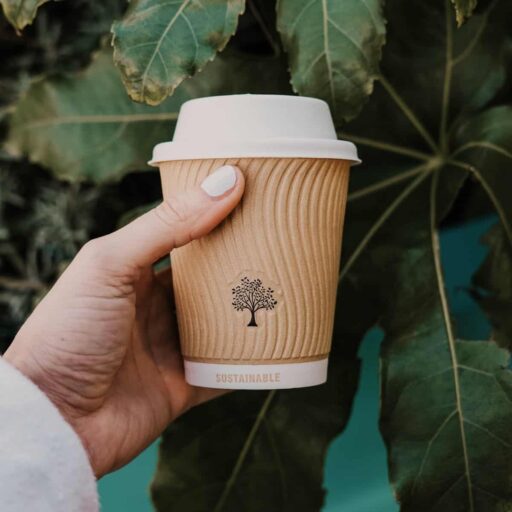
As far as environmental impact is concerned, one major issue is that 99 per cent of coffee packaging is made from plastic, usually the flexible kind that’s not typically recycled in the UK. However some brands are beginning to introduce recyclable packaging, including Bird & Wild.
Buying in bulk is another way to reduce coffee’s packaging footprint. But what about when you’re out and about? Only one in 400 disposable coffee cups end up being recycled, with the vast majority going straight to landfill, according to a 2017 report by the UK government. The simplest solution is to use a reusable coffee mug instead.
Rooke from the British Coffee Association says: “It’s a big challenge because you have a product that is predominantly cardboard, which is easily recyclable, but in there is also a plastic liner for the liquid. The issue is, how do you recycle them when they need to be separated out?”
One brand to check out is Circular&Co, which has developed a way to recycle single-use coffee cups as a whole; in their method, the component layers don’t need to be separated out. The cups are shredded and then combined with other recycled plastics and made into products such as plant pots, clocks and, of course, reusable coffee cups.
Image: Toa Heftiba
Main illustration: Alex Tait
